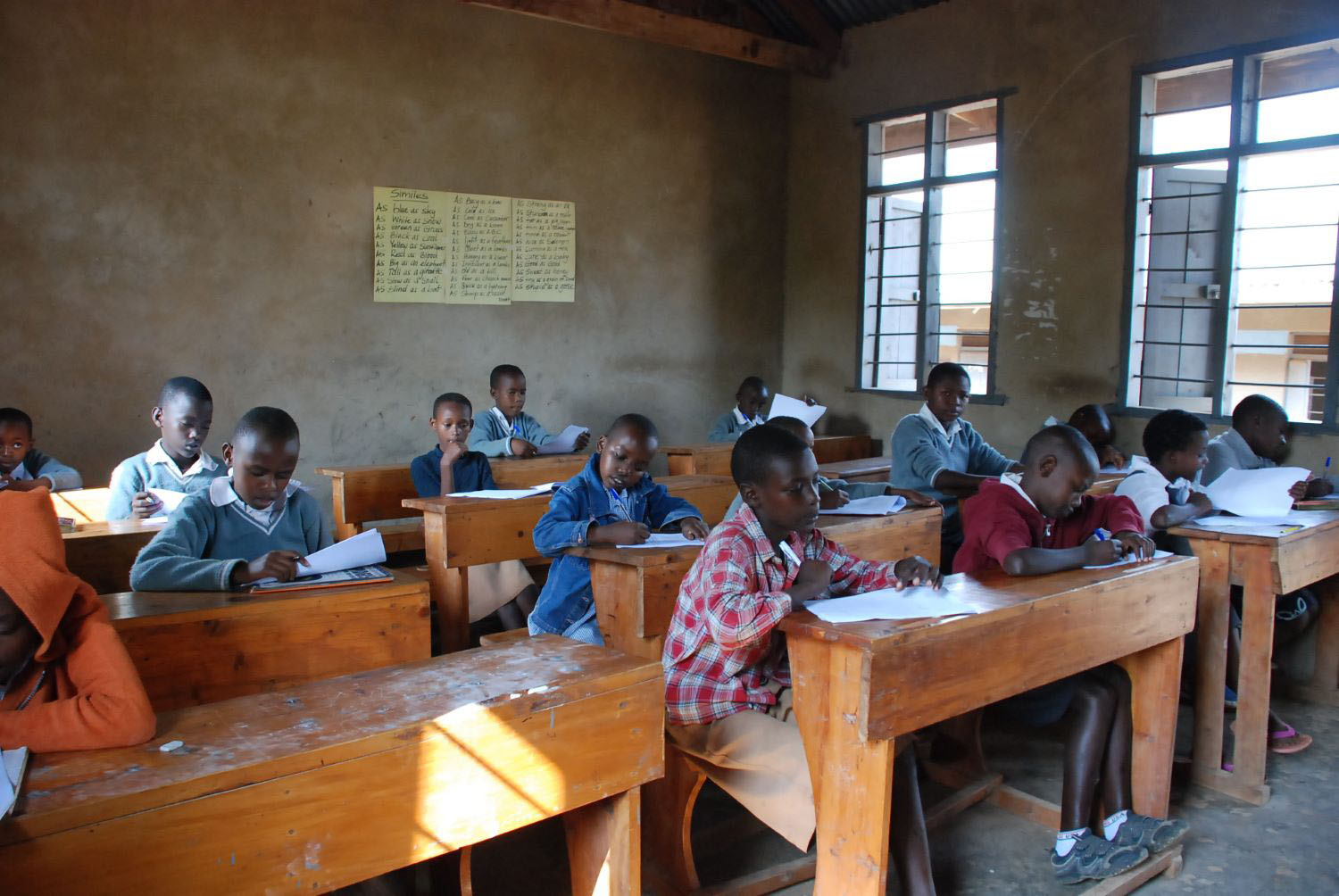A recent blog post by Ricardo Hausmann caught my eye because it addresses issues that I’ll be focusing on during my visiting fellowship here at the Center for Global Development. Hausmann—a former Venezuelan minister of planning—discusses the difficulty of closing the infrastructure gap in developing countries, and highlights the dilemma of whether governments should finance infrastructure projects through public-private partnerships or through their national budgets. He’s right about the dilemma, but his solution isn’t workable for fragile and low-income countries where infrastructure needs are greatest.
Focusing on private money isn’t the answer for the poorest countries
The problems Hausmann addresses are myriad and complex, bedeviling the African continent, where, according to the African Development Bank, the infrastructure financing need is now $170 billion annually. On the government side are the issues of inadequate resources and rent-seeking. On the private side, politics, payments, and other risks drastically increase the cost of the projects, making them cost-prohibitive. There is evidence, however, that when private sector projects are done properly, they can deliver quality infrastructure in developing countries.
Hausmann recommends a fix that does not quite answer the questions he raises. He concludes that the best option is for governments to build the needed infrastructure and sell the concession for operation and maintenance. This would allow the government to cash out and reinvest, and thus recycle scarce public capital more quickly while cutting out the most expensive and slowest parts of private involvement. It’s a good point on the dilemma, but a puzzling policy recommendation.
Earlier in his post, Hausmann outlines the corruption and lack of resources that many governments face, which is why they seek private financing in the first place. Without proposing a solution to those problems, he recommends that these governments find the money to build the infrastructure themselves, and somehow sell the operation and maintenance concession. But the unresolved issues of corruption and lack of resources are really the crux of the infrastructure gap. In response to this problem, the development community has pushed for attracting private money into public infrastructure. It is not by mistake that Hausmann leaves the question of how to do this unresolved—it is difficult, especially for fragile and low-income countries. The focus on “private money” essentially overlooks the plight of these countries.
Three ideas for a conversation reset
“Billions to trillions” is not happening anytime soon—at least not in a timeframe that is useful for the people in fragile, low-income countries without roads, power, and potable water. Billions to trillions is at best an aspiration, and aspirations are not strategy. We need to reset the conversation about addressing the infrastructure gap in developing countries. Three thoughts on the issue:
-
Infrastructure as an asset class is not fully developed. Even in OECD countries, infrastructure has not attracted the kind of investment that is required to address the scale of the gap—and there’s a reason for that. The asset class is not clearly understood or standardized. There are as yet no plug-and-play contracts or clear risk allocation procedures. The need to customize every single transaction is expensive in both money and time, and the benefits are unclear. An OECD study on private investment in infrastructure found that, these “characteristics imply that infrastructure investment—at least in the forms it is currently offered—may not be a suitable proposition for all investors.”
-
A very low baseline implies a long way to go. One group of investors expected to fill this gap are pension funds. Again, tempering expectations here is warranted. Australian and Canadian pension funds are the most active in infrastructure investment, at about 10 percent allocation of their portfolio—1 to 3 percent is the norm in OECD countries. These are not billions to trillions numbers and it will not change overnight. As Chris Humphrey at ODI notes, “institutional investors are only interested in infrastructure to the extent that it meets a specific risk/return profile, and this applies only to ‘a small subset of the universe of real infrastructure assets.’” Projects in power, telecommunications, and ports sectors do attract private investment, but the infrastructure required in most fragile states—roads and water—have struggled to attract any investment.
Take Liberia, for example, where I served as minister of public works from December 2014 to January of this year. In 2013, as part of the Millennium Challenge Corporation (MCC) Compact preparation, a rigorous diagnostic survey, “Liberia Constraints Analysis,” was conducted to find the binding constraint to economic growth. The evidence reviewed via the application of growth diagnostics principles suggests there are two binding constraints to investment growth in Liberia: the absence of a reliable and affordable supply of electricity, and the dilapidation of a significant portion of the country’s primary road network. Liberia presented a road project to MCC, but MCC did not approve the project because it could not scale the baseline internal rate of return to justify the investment. This captures some of the difficulty in attracting any private money for infrastructure in countries that share Liberia’s characteristics, such as the Gambia, Sierra Leone, South Sudan, and Niger. -
There must be clearer distinctions between emerging markets and developing countries (EMDCs) so that targeted interventions are effective. Some emerging economies are approaching OECD levels in the sophistication of their financial sector, size of their pension funds, and attractiveness of their public infrastructure. Not so for fragile, low-income economies. As Nancy Lee writes, “the evidence, especially from fragile and conflict-affected states, suggests that a one-size-fits-all approach does not address the distinct challenges of investing in poor and fragile economies.”
A significant portion of basic infrastructure required in these poor and fragile economies will not deliver the return on investment that would attract wealth managers to invest billions there. For example, the Sahel faces imminent food crises because, on top of late rains, there is a lack of government investment in infrastructure. I struggle to imagine how basic infrastructure projects in some of the affected countries—Mali, Niger, Chad, and Burkina Faso—would attract private money. And the record on private investment in infrastructure bears this out. Again, Chris Humphreys writes, “the vast majority of private infrastructure finance in EMDCs is directed towards a handful of large middle-income countries, leaving the rest—which face the largest infrastructure deficits—with only scraps.” Even worse than that, Humphreys quotes a study that shows “only 24 out of the world’s poorest 56 countries had a single infrastructure project with private investment in the five years between 2011 and 2015, and one country (Laos) accounted for one third of the total.”
The scale of the infrastructure gap, and global demographic and climatic trends, mean that the scope of public investment in infrastructure will remain limited. We need the private sector. But our enthusiasm here needs to be tempered by reality, and we need to expand the conversation to include the poorest countries with the greatest infrastructure needs, who will not attract private funding. Currently that’s not happening.
I’ll be fleshing out these themes and recommendations in subsequent posts. Stay tuned.
Disclaimer
CGD blog posts reflect the views of the authors, drawing on prior research and experience in their areas of expertise. CGD is a nonpartisan, independent organization and does not take institutional positions.





